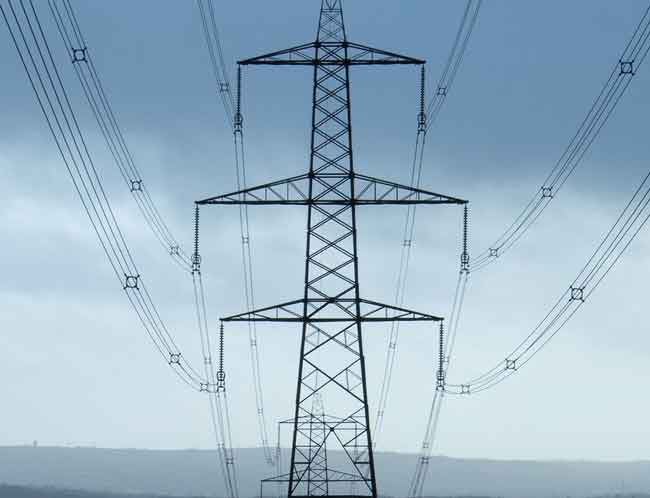California power grid now sees adequate generation
By Reuters
Protective Relay Training - Basic
Our customized live online or in‑person group training can be delivered to your staff at your location.

- Live Online
- 12 hours Instructor-led
- Group Training Available
About 1,100 megawatts of generation out of the 1,900 megawatts that shut unexpectedly early July 3 in Southern California came back online by mid-afternoon, said Gregg Fishman, a spokesman for the California Independent System Operator.
"Assuming that much generation makes it back, we'll be okay," Fishman said. "We hope people can conserve a little."
Earlier July 3, the agency urged residents to limit electric use after a small plane crash near San Diego damaged transmission lines and some generating plants tripped offline.
With triple-digit temperatures across the state pushing California's afternoon power demand above 43,800 megawatts, the grid agency forecasted electric use almost exceeded supply.
The ISO told power-plant owners in the state to restrict maintenance activity until 8 p.m. July 3, an initial step in the grid operator's emergency procedures to avoid widespread blackouts.
The ISO raised its public conservation request to "needed" from "helpful."
Early July 3, a private jet taking off from an airport north of San Diego hit high-voltage power lines and crashed onto a golf course, killing the two people, the San Diego Union-Tribune reported on its Web site.
Conductors from a 138-kilovolt and a 230-kv line were knocked to the ground, said Rachel Laing, a spokeswoman for Sempra Energy's San Diego Gas & Electric utility.
The utility expects to bring back 200 MW of generation at its Encina power plant which tripped about 5 a.m., said Laing. The Encina outage was not related to the loss of transmission caused by the downed plane, she said.
SDG&E's Palomar plant is limited by 50 MW to 500 MW of output due to maintenance, she said. Power was restored by mid-day to about 1,700 customers in the Carlsbad area that lost power after the crash, Laing said.
The high temperatures in Fresno and Sacramento, as well as cities in Arizona and Nevada, climbed above 100 degrees Fahrenheit (38 Celsius), boosting power demand to run air conditioners.
The July 4 holiday will reduce the state's power need as businesses close for the day, but more heat is predicted to move into the state the following two days.
Wholesale power prices in California, which jumped above $100 per megawatt-hour on July 2 due to hot weather and the tight supply, climbed to $178-$330 on July 3, traders said, after the generation loss.
Normal wholesale power prices in Southern California trade between $60 and $70 per megawatt-hour at this time of year, according to Reuters data.
California's afternoon demand will fall short of the 2006 summer peak which exceeded 50,000 megawatts during a late July heat wave.











